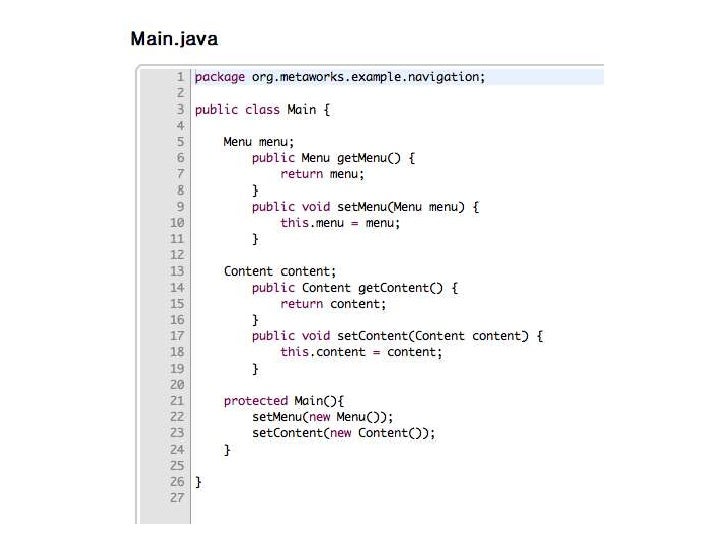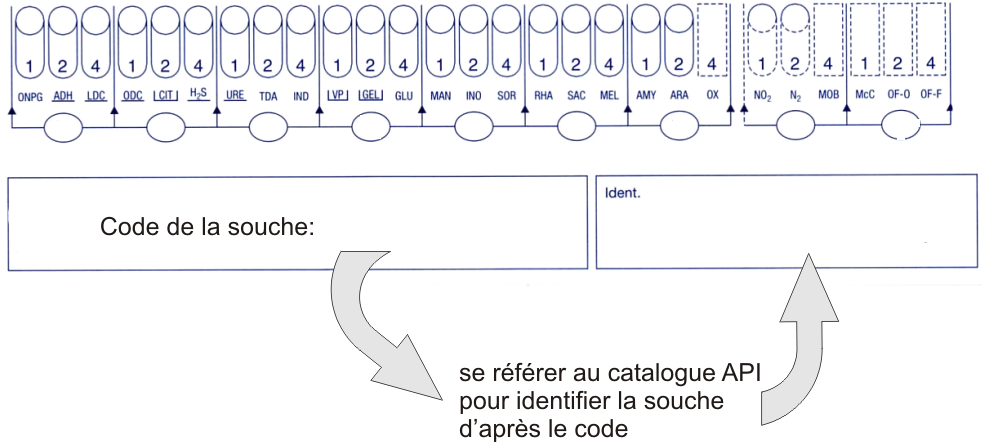
ONPG ( o-nitrophenyl-b-D-galactopyranoside) test: ONPG is a colorless substrate, similar in structure to lactose, used in this test as the substrate for b-galactosidase. This kit is made for 20 tests and they are.  All positive and negative test results are put together to get a profile number, which is then compared with profile numbers in a commercial codebook or logbook (or online) to determine and identify the bacterial species.ĪPI (Analytical Profile Index) Test | Source: API 20E Test Kit. During incubation, metabolism causes colour changes that happen on their own or when reagents are added. Each well is rehydrated with a bacterial suspension, and the strips are put in an incubator. Most of the time, they look for enzyme activity, which is usually caused by fermentation of carbohydrates or breakdown of proteins or amino acids by the organisms that were injected. In the API 20E, the plastic strip has twenty mini-test chambers that hold dehydrated media with different chemical compositions for each test.
All positive and negative test results are put together to get a profile number, which is then compared with profile numbers in a commercial codebook or logbook (or online) to determine and identify the bacterial species.ĪPI (Analytical Profile Index) Test | Source: API 20E Test Kit. During incubation, metabolism causes colour changes that happen on their own or when reagents are added. Each well is rehydrated with a bacterial suspension, and the strips are put in an incubator. Most of the time, they look for enzyme activity, which is usually caused by fermentation of carbohydrates or breakdown of proteins or amino acids by the organisms that were injected. In the API 20E, the plastic strip has twenty mini-test chambers that hold dehydrated media with different chemical compositions for each test.  The API range offers a standard, smaller version of the existing identification methods, which were hard to use and hard to read before. Biochemical tests are used in the API Test for Bacteria (API 20E Test kit) to identify and tell apart bacteria in the family Enterobacteriaceae. When the carbs are fermented, the pH inside the cupule changes, which can be seen with an indicator. During incubation, metabolism causes colour changes that can happen on their own or be seen when reagents are added. API test strips are made up of microtubes (called “cupules”) that contain dehydrated substrates to measure the activity of enzymes or the fermentation of sugars by the organisms that were added to the test strip. Bacteria that are already known can be identified. The system is made to make it easy to find bacteria that are important to medicine. API is a system for grouping bacteria based on tests, which makes it easy to identify them (rapid identification). Analytical Profile Index, or API, are commercially available miniaturised biochemical test panels that cover a large number of clinically important bacterial groups as well as microorganisms found in food and water. They are also used to test how well other identification products work (reference technique) BIOMERIEUX says that 10 API® strips are used every minute around the world.
The API range offers a standard, smaller version of the existing identification methods, which were hard to use and hard to read before. Biochemical tests are used in the API Test for Bacteria (API 20E Test kit) to identify and tell apart bacteria in the family Enterobacteriaceae. When the carbs are fermented, the pH inside the cupule changes, which can be seen with an indicator. During incubation, metabolism causes colour changes that can happen on their own or be seen when reagents are added. API test strips are made up of microtubes (called “cupules”) that contain dehydrated substrates to measure the activity of enzymes or the fermentation of sugars by the organisms that were added to the test strip. Bacteria that are already known can be identified. The system is made to make it easy to find bacteria that are important to medicine. API is a system for grouping bacteria based on tests, which makes it easy to identify them (rapid identification). Analytical Profile Index, or API, are commercially available miniaturised biochemical test panels that cover a large number of clinically important bacterial groups as well as microorganisms found in food and water. They are also used to test how well other identification products work (reference technique) BIOMERIEUX says that 10 API® strips are used every minute around the world. 

The api 20E is the most well-known of these tests (20 characters for Enterobacteriaceae). API test strip (analytical profile index) is a small, standardised collection of biochemical tests that can be used with complete identification databases.












